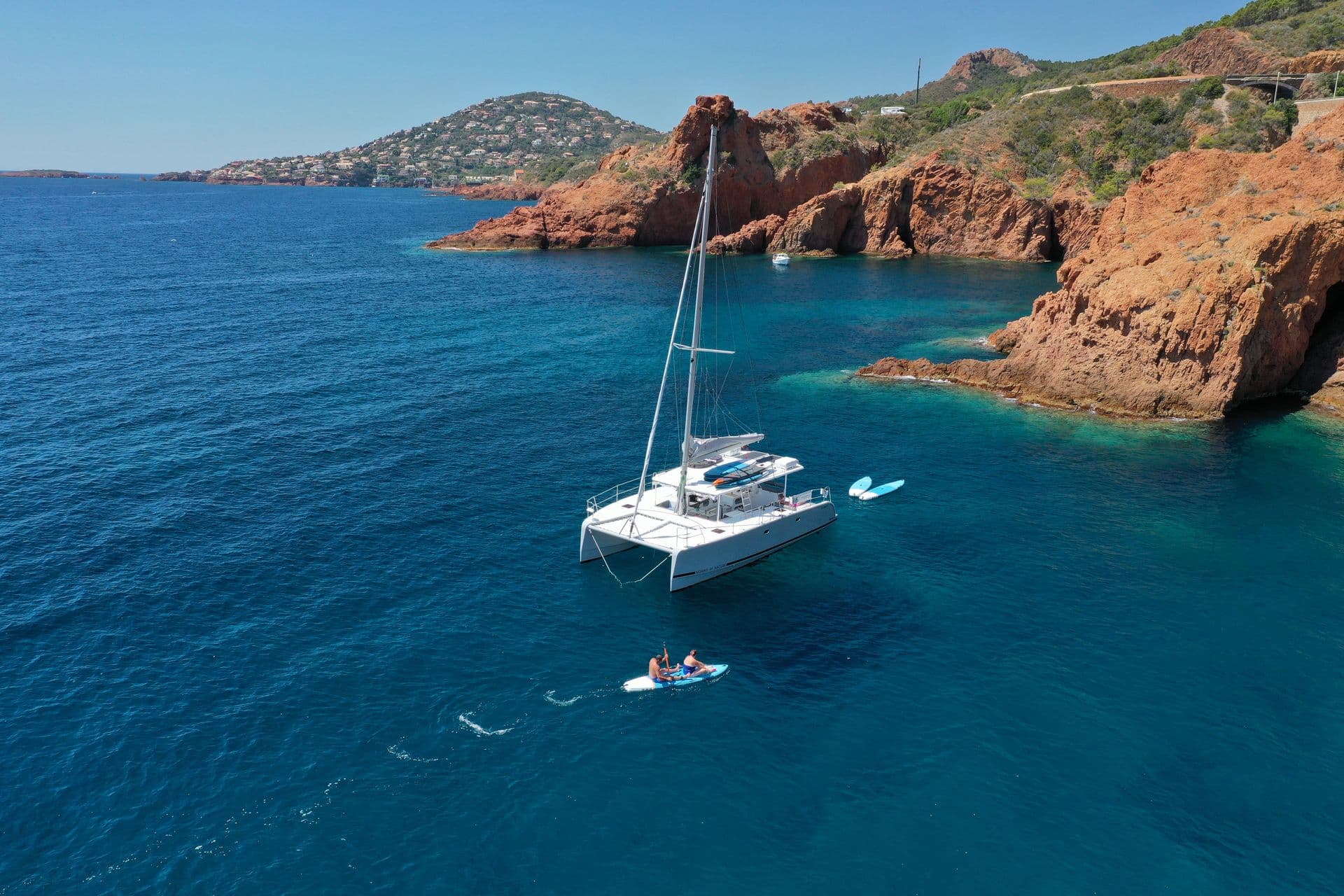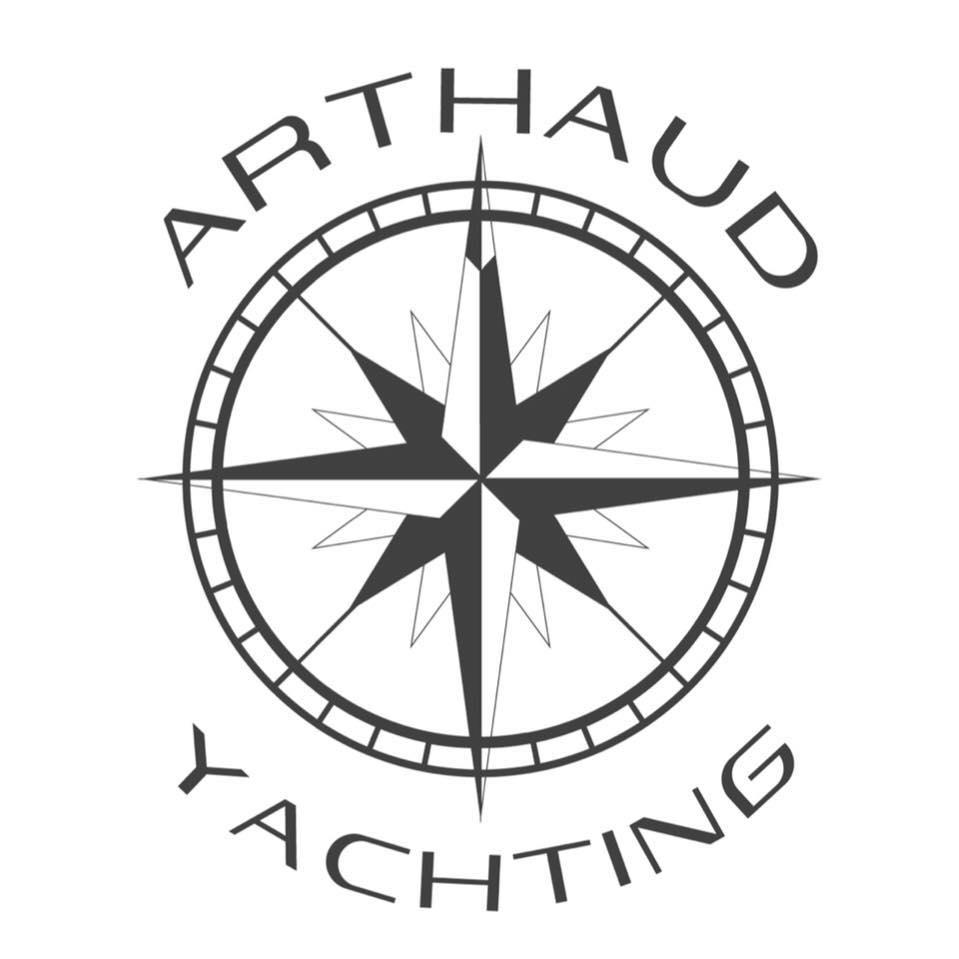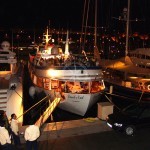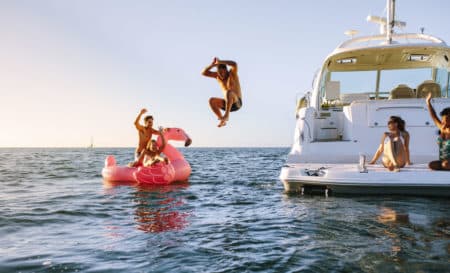Sailing a catamaran is a unique sailing experience. It’s an excellent way to discover coastal landscapes and enjoy crystal-clear waters. But you should never set sail without a minimum of preparation. Here’s everything you need to know about sailing a catamaran.
What are the advantages of a catamaran?
Catamarans are vessels with two parallel hulls connected by a central structure.
More stable than monohulls, catamarans are less prone to swell movements and offer greater sailing comfort. Their greater stability and superior sailing comfort is much appreciated by yachtsmen.
Catamarans also offer more spacious and comfortable accommodation than monohulls, with a double cabin. They also have a number of outdoor facilities (terraces, flybridge, etc.) where you can enjoy the fine weather and admire the scenery.
They are ideal watercraft for cruising. In many parts of the world, archipelagos and islands are an excellent place to enjoy the sun and the beach, but they can also be very isolated. Catamarans offer an ideal solution, as they do away with the usual logistics of sailing boats. They are easier to manoeuvre and can sail in places that are difficult to access.
Last but not least, they are more fuel-efficient than monohulls of the same size, which is a significant advantage when planning a long crossing.
Master the basics of sailing
If you want to learn to sail a catamaran, there are many sailing schools offering courses to suit all levels. During your first few hours at sea, you’ll learn to respect the rules of navigation alongside an experienced person who can help you to sail safely.
To sail effectively, you need to know the basic principles of sailing. Fortunately, it’s easy to learn the basics and, with a little practice, you’ll be able to experience the full pleasure of sailing a catamaran.
There are several types of catamaran: some are designed for cruising, others for racing. It’s important to know the differences between a dinghy and a catamaran. Dinghies are generally smaller and lighter, with a single hull that glides easily over the water.
Finally, there are several types of sail (storm jib, solent, jib, gennaker, spinnaker, etc.) to suit different weather and sailing conditions. You can also use navigation instruments to help you (compass, GPS, compass, radar, etc.).
Checklist before embarking
If you’re going out to sea, it’s essential to check your equipment and ensure your safety so that you can sail with peace of mind. Here is a non-exhaustive list of points to be scrupulously checked:
If possible, sail with an experienced person who can show you how to handle the boat and will be able to teach you the manoeuvres to carry out in the event of a problem.
Always keep an eye on the marine weather and be prepared for changing conditions. If the wind is too strong, you risk losing control of the boat. Point your catamaran into the wind so that the sails fill and propel the boat forward.
Make sure the sails and rigging are in good condition before hoisting the sails.
Take the time to learn how to handle your boat. There are many things to consider, such as wind direction, sail angle and boat speed. Use the bars and winches to adjust the angle of the sails to optimise the boat’s propulsion.
How do you moor successfully?
In general, you moor in a harbour. But if you find the ideal spot (a small cove, for example), it’s perfectly possible to drop anchor. The only thing to bear in mind is the following:
- If you’re sailing close to the coast, be careful, as there are often currents that can influence your trajectory.
- In a port, moor your boat to the buoys or quays.
- Outside the harbour, choose a good place to anchor your boat. Choose an area with slow currents, no rocks and the advantage of a bottom only a few metres deep.
- Once you’ve stopped, all you have to do is stabilise your boat in a bay or cove using the bow and stern anchors.
- Always take care when approaching other boats or rocks.















 Thanks to Arthaud Yachting, access our world of luxury yacht charter for a 100% tailor-made cruise in the French Riviera region or even in the four corners of the world in destinations such as
Thanks to Arthaud Yachting, access our world of luxury yacht charter for a 100% tailor-made cruise in the French Riviera region or even in the four corners of the world in destinations such as 


Leave A Comment